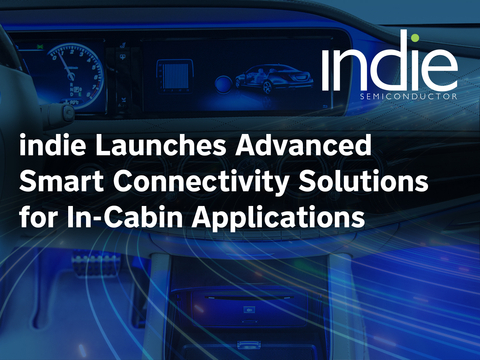Auto-tech solutions company Indie Semiconductor has launched a new range of high-performance video converters and retimers, designed for in-cabin connectivity applications.
These solutions aim to enhance the user experience within vehicles, offering improved audio and video, as well as better device interfacing capabilities.
Scheduled for production ramp-up in 2025, the additions to Indie’s portfolio are geared toward enabling global Tier 1 system integrators to deliver enhanced in-vehicle experiences to auto makers.
Effective handling and display of high-bandwidth data are important for various in-cabin applications, including audio-video entertainment, parking assistance and safety features using cameras and sensors. The new system-on-chip (SoC) converters are designed to support a range of interfaces such as DisplayPort, USB, HDMI and LVDS.
Additionally, the retimer solutions are equipped with receive equalization features that aim to improve signal quality and transmission distance.
According to S&P Mobility, the demand for in-vehicle displays is expected to surpass 140 million units by 2028, presenting a significant semiconductor opportunity exceeding US$9bn.
According to S&P, as consumer expectations for immersive in-cabin experiences rise, the automotive industry must adapt by enhancing the bandwidth, quality and responsiveness of in-vehicle graphics, audio and video systems.
“The quantity of in-cabin data and information available to drivers and passengers is growing exponentially, with virtually all new cars featuring at least one screen today for infotainment, and many boasting multiple displays used for instrument clusters as well as vehicle safety and control,” said Fred Jarrar, vice president and general manager of Indie’s Power Delivery Business Unit. “Consumers are increasingly demanding that audio, video and vehicle information is available as a clear, timely and seamless experience.
“By offering our high-performance, highly integrated smart connectivity SoCs, Indie is enabling Tier 1s and leading auto makers to deliver on driver and passenger demand for a more immersive in-cabin experience and to capitalize on this rapidly emerging auto-tech application.”



